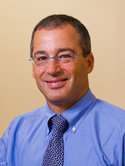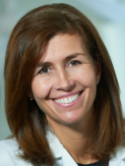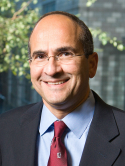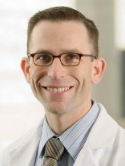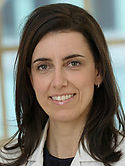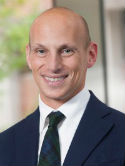The impact of travel distance on breast reconstruction in the United States Journal Article
| Authors: | Albornoz, C. R.; Cohen, W. A.; Razdan, S. N.; Mehrara, B. J.; McCarthy, C. M.; Disa, J. J.; Dayan, J. H.; Pusic, A. L.; Cordeiro, P. G.; Matros, E. |
| Article Title: | The impact of travel distance on breast reconstruction in the United States |
| Abstract: | Background: Inadequate access to breast reconstruction was a motivating factor underlying passage of the Women's Health and Cancer Rights Act. It remains unclear whether all patients interested in breast reconstruction undergo this procedure. The aim of this study was to determine whether geographic disparities are present that limit the rate and method of postmastectomy reconstruction. Methods: Travel distance in miles between the patient's residence and the hospital reporting the case was used as a quantitative measure of geographic disparities. The American College of Surgeons National Cancer Database was queried for mastectomy with or without reconstruction performed from 1998 to 2011. Reconstructive procedures were categorized as implant or autologous techniques. Standard statistical tests including linear regression were performed. Results: Patients who underwent breast reconstruction had to travel farther than those who had mastectomy alone (p < 0.01). A linear correlation was demonstrated between travel distance and reconstruction rates (p < 0.01). The mean distances traveled by patients who underwent reconstruction at community, comprehensive community, or academic programs were 10.3, 19.9, and 26.2 miles, respectively (p < 0.01). Reconstruction rates were significantly greater at academic programs. Patients traveled farther to undergo autologous compared with prosthetic reconstruction. Conclusions: Although greater patient awareness and insurance coverage have contributed to increased breast reconstruction rates in the United States, the presence of geographic barriers suggests an unmet need. Academic programs have the greatest reconstruction rates, but are located farther from patients' residences. Increasing the number of plastics surgeons, especially in community centers, would be one method of addressing this inequality. © 2015 by the American Society of Plastic Surgeons. |
| Journal Title: | Plastic and Reconstructive Surgery |
| Volume: | 137 |
| Issue: | 1 |
| ISSN: | 0032-1052 |
| Publisher: | Lippincott Williams & Wilkins |
| Date Published: | 2016-01-01 |
| Start Page: | 12 |
| End Page: | 18 |
| Language: | English |
| DOI: | 10.1097/prs.0000000000001847 |
| PROVIDER: | scopus |
| PUBMED: | 26710002 |
| PMCID: | PMC4776632 |
| DOI/URL: | |
| Notes: | Article -- Export Date: 3 February 2016 -- Source: Scopus |
Altmetric
Citation Impact
BMJ Impact Analytics
MSK Authors
Related MSK Work




